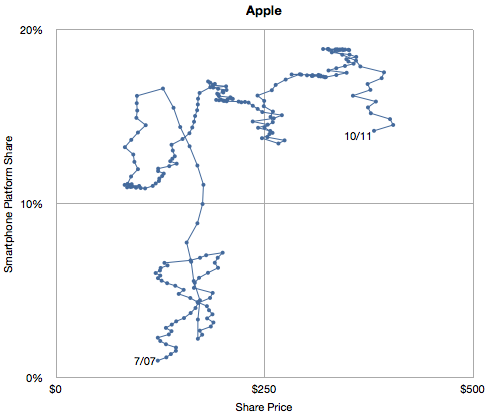Market Strategies Time V
Post on: 21 Апрель, 2015 No Comment

In this article
- Why Market Timing is risky Buy and hold is probably your best strategy The power of compounding The importance of reevaluating
Sports commentators often predict the big winners at the start of a season, only to see their forecasts fade away as their chosen teams lose. Similarly, market timers often try to predict big wins in the investment markets, only to be disappointed by the reality of unexpected turns in performance. For those who do not wish to subject their money to such a potentially risky strategy, time — not timing — could be the best alternative.
What is market timing?
Market timing is a strategy in which the investor tries to identify the best times to be in the market and when to get out. Relying heavily on forecasts and market analysis, market timing is often utilized by brokers, financial analysts, and mutual fund portfolio managers to attempt to reap the greatest rewards for their clients.
Proponents of market timing say that successfully forecasting the ebbs and flows of the market can result in higher returns than other strategies. Their specific tactics for pursuing success can range from what some have termed pure timers to active strategic allocation.
Pure timing requires the investor to determine when to move 100% in or 100% out of one of the three asset classes — stocks, bonds, and money markets. Perhaps the riskiest of market timing strategies, pure timing also calls for nearly 100% accurate forecasting, something nobody can claim.
On the other hand, dynamic asset allocators shift their portfolio’s weights — or redistribute their assets among the various classes — based on expected market movements and the probability of return versus risk on each asset class. Professional mutual fund managers who manage asset allocation funds often use this strategy in attempting to meet their funds’ objectives.
Risks of timing the market
Although professionals may be able to use market timing to reap rewards, one of the biggest risks of this strategy is potentially missing the market’s best-performing cycles. For example, suppose an investor, believing the market will go down, removes his investment dollars and places them in more conservative investments. While the money is out of stocks, the market instead can enjoy its best-performing month. The investor has, therefore, incorrectly timed the market and missed those top months. That is why perhaps the best move for most individual investors — especially those striving toward long-term goals — might be to purchase shares and hold on to them throughout market cycles. This is commonly known as a buy-and-hold strategy.














